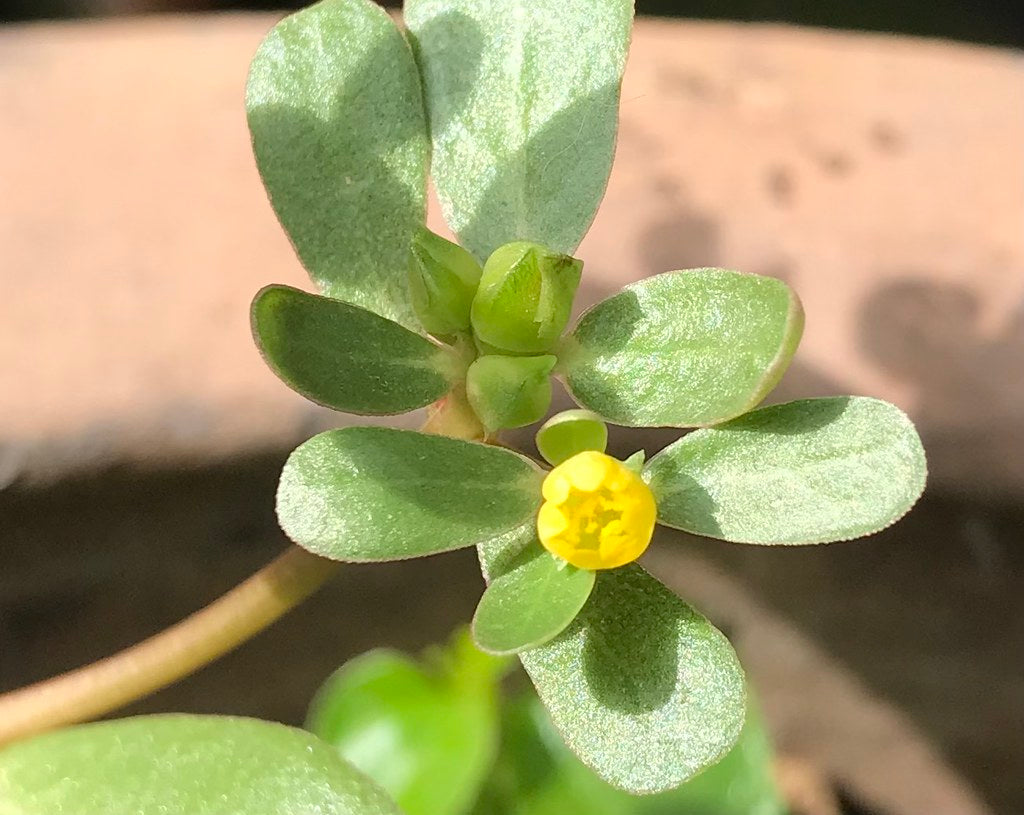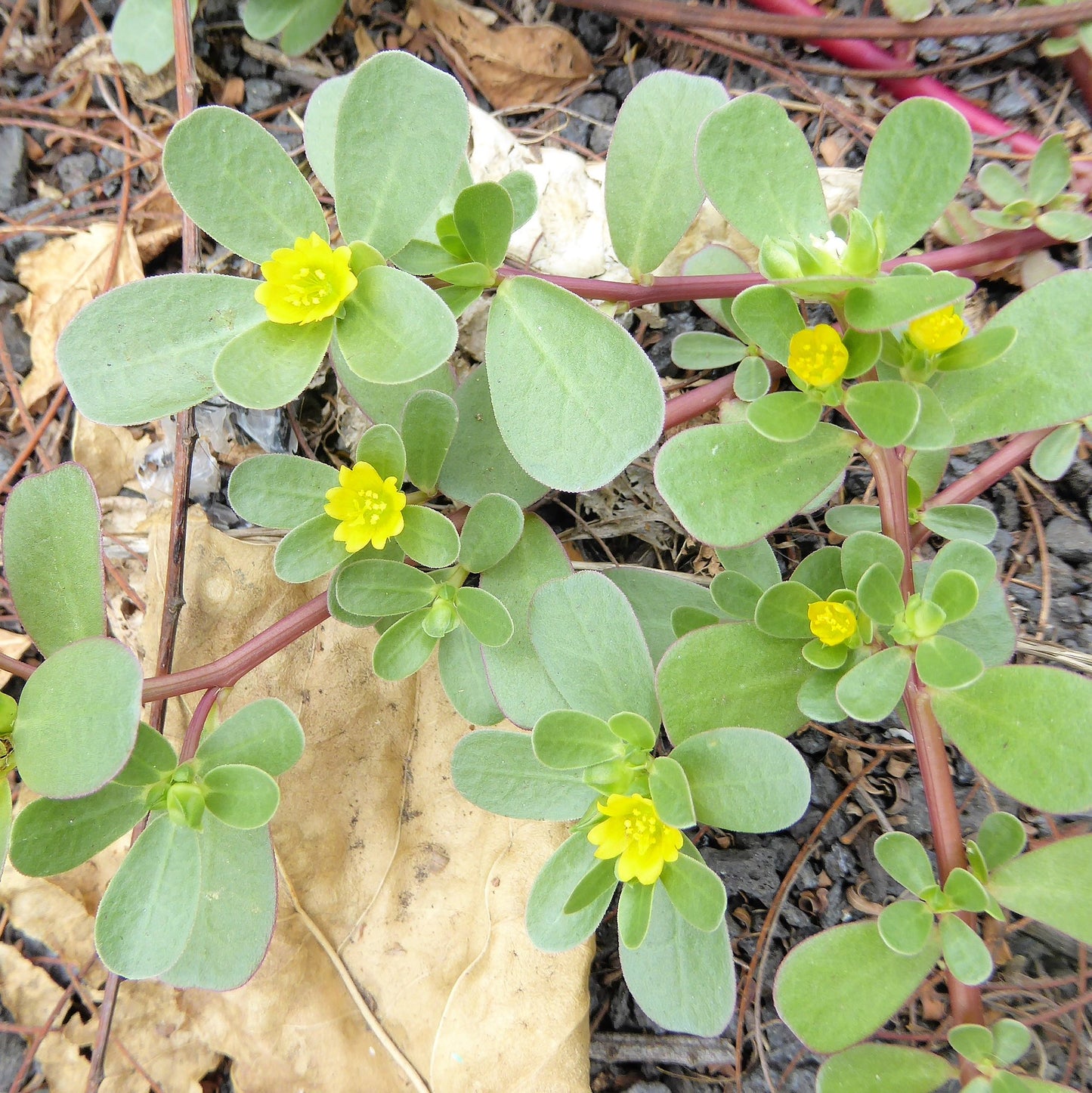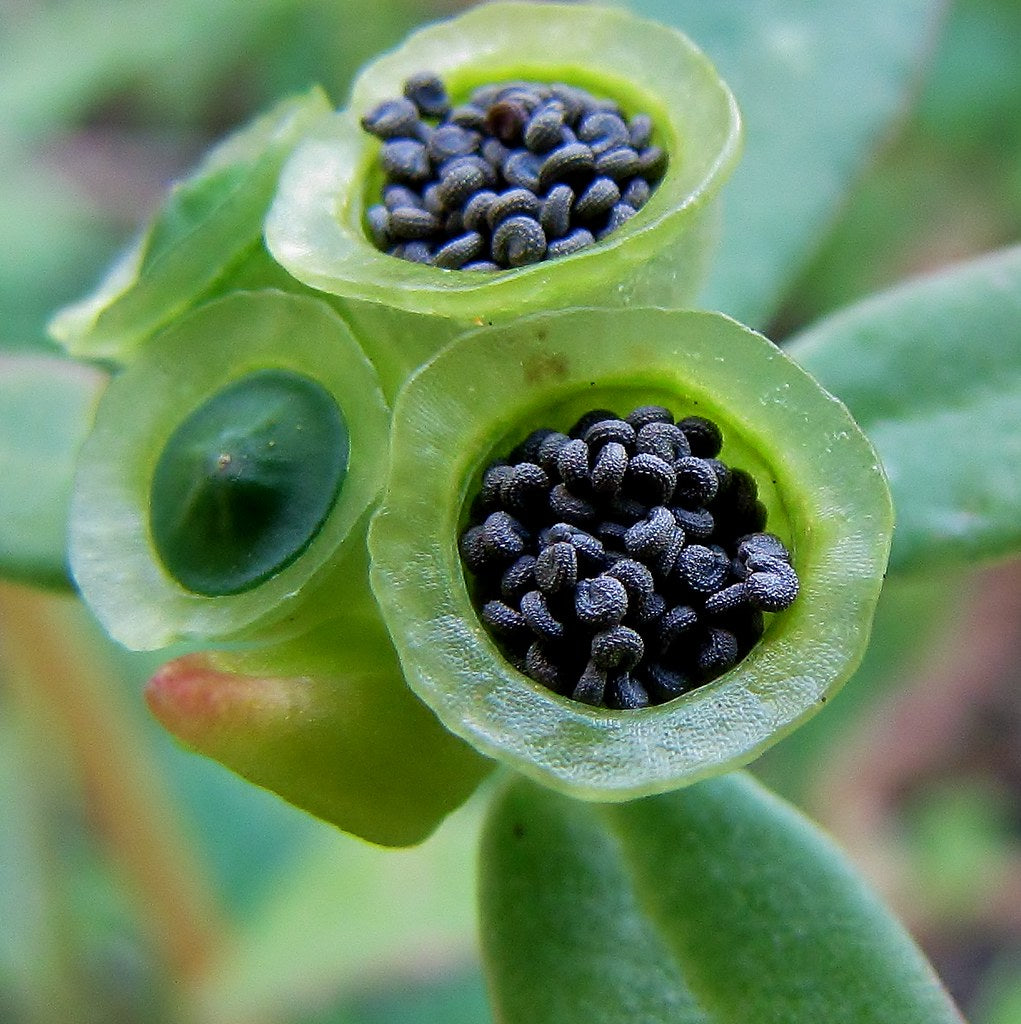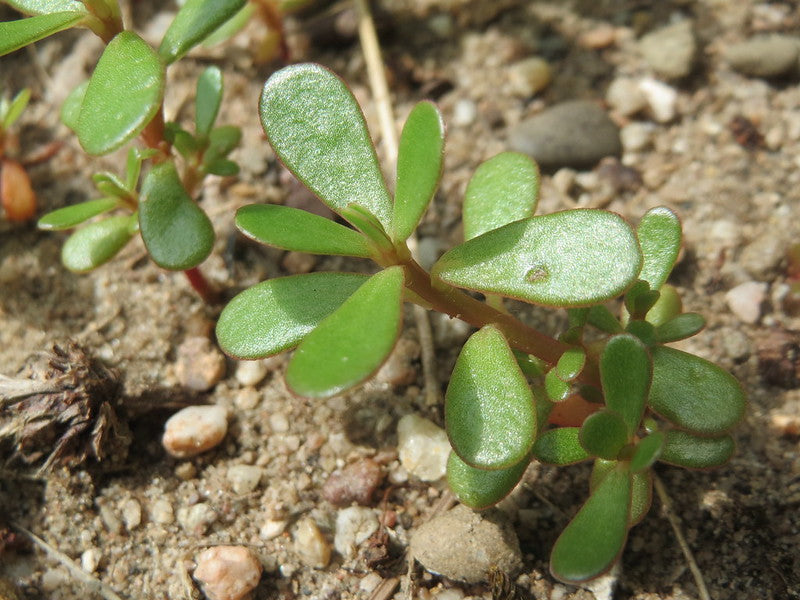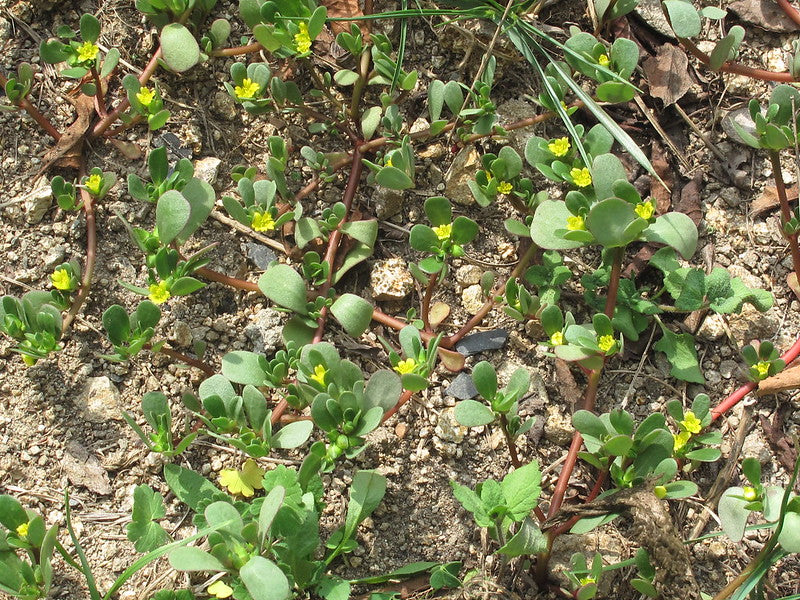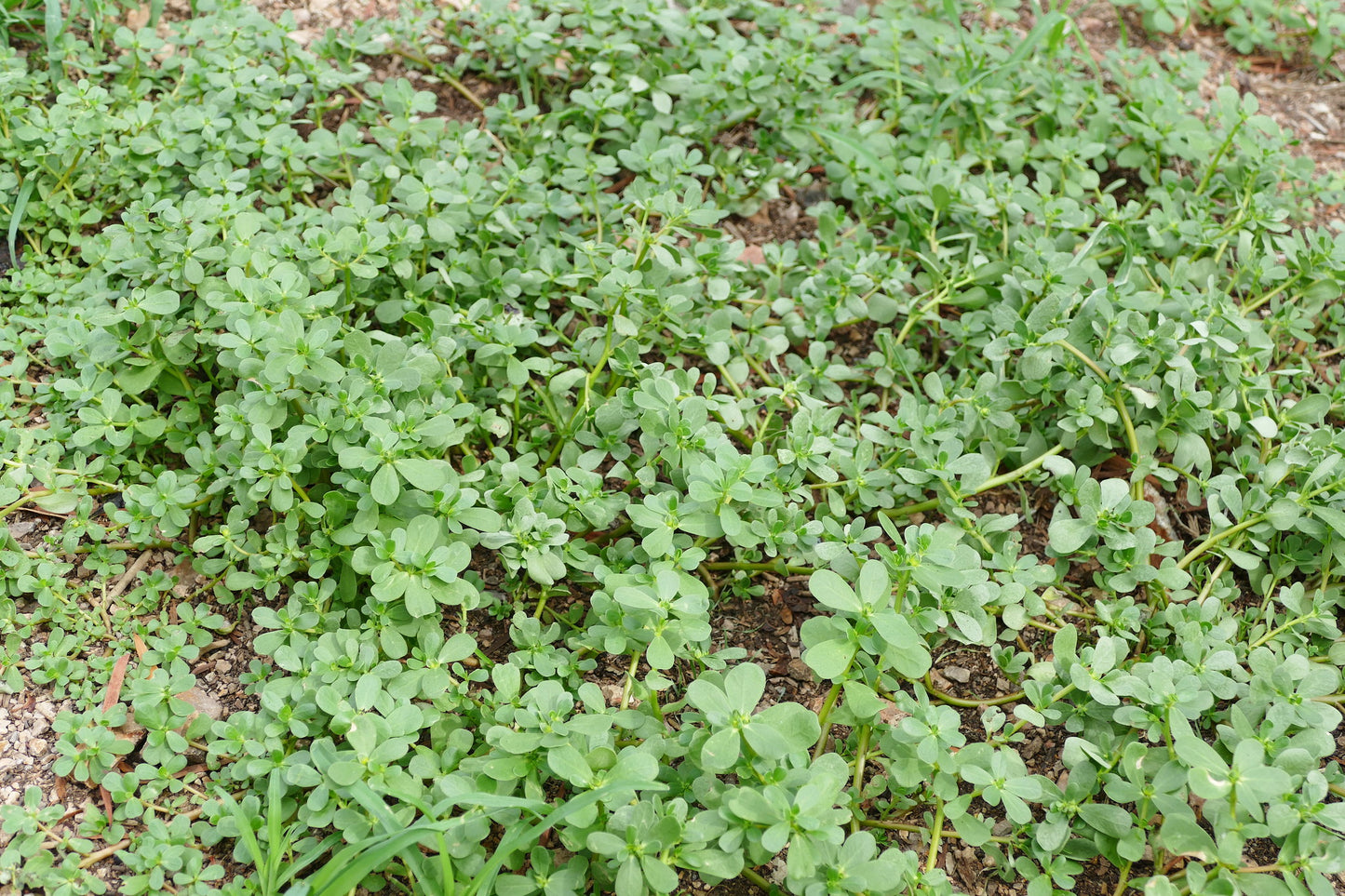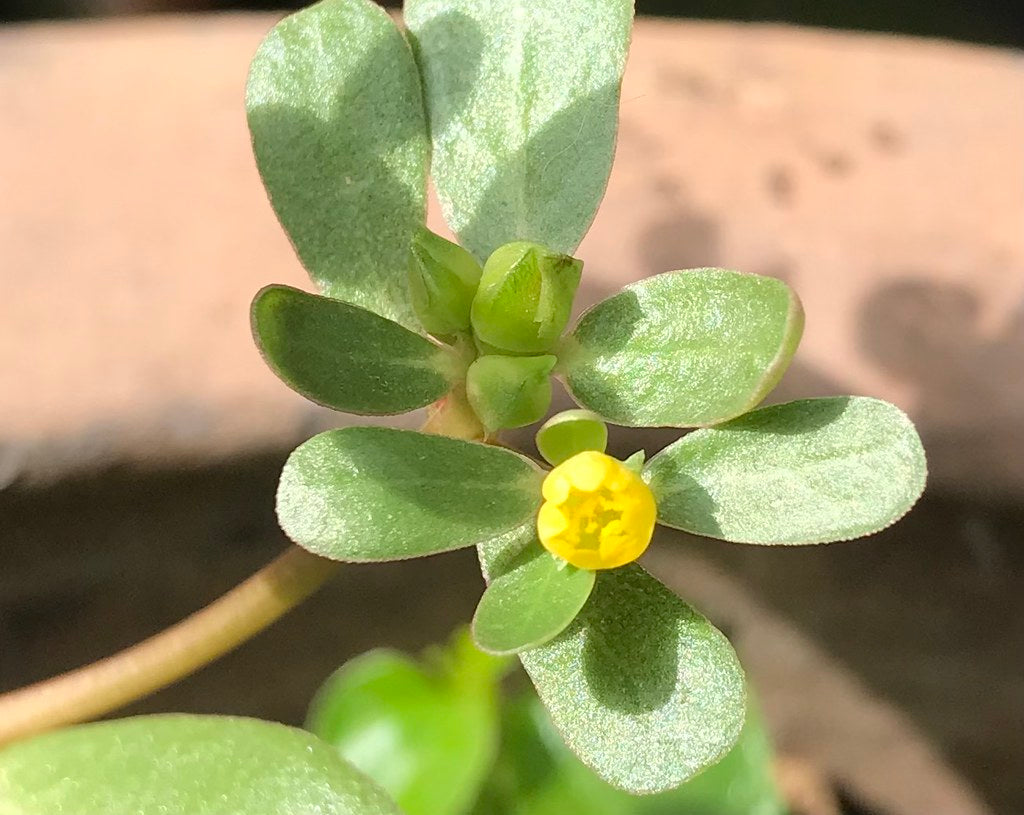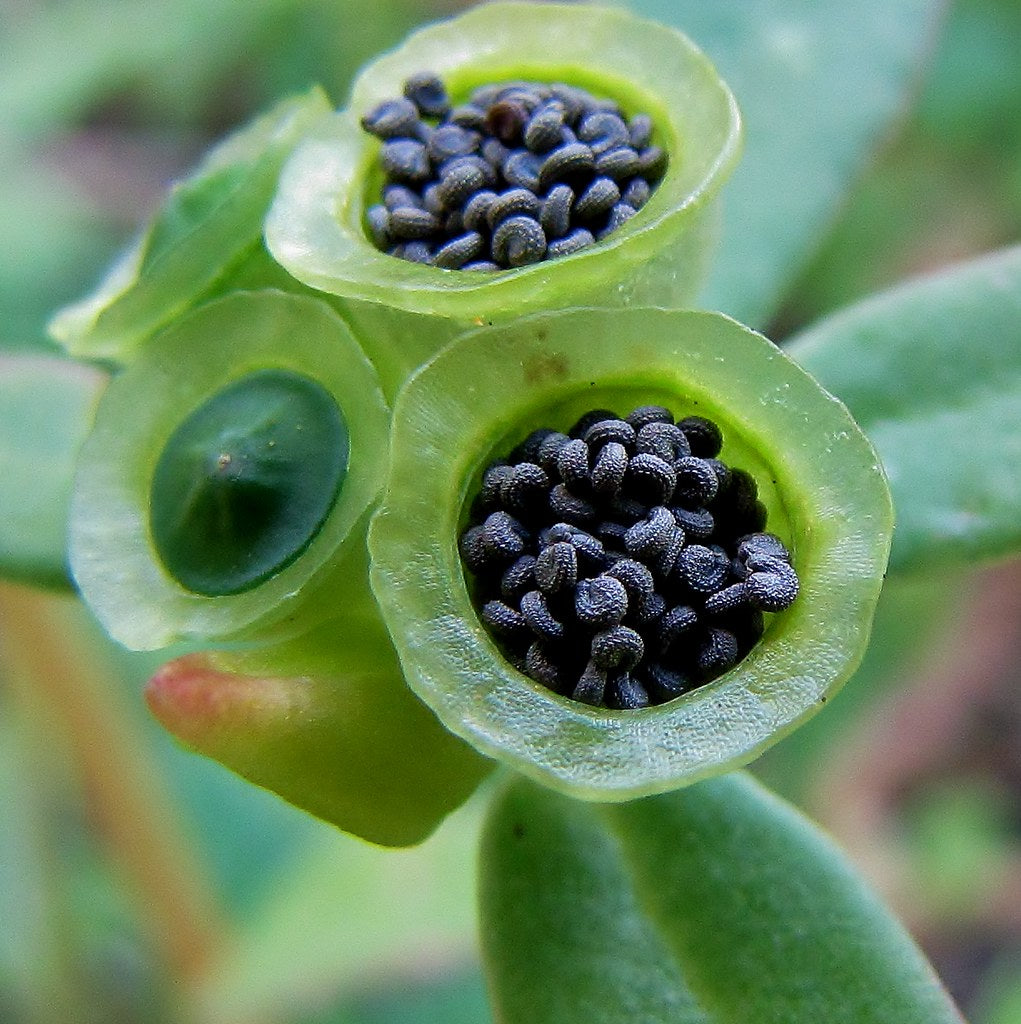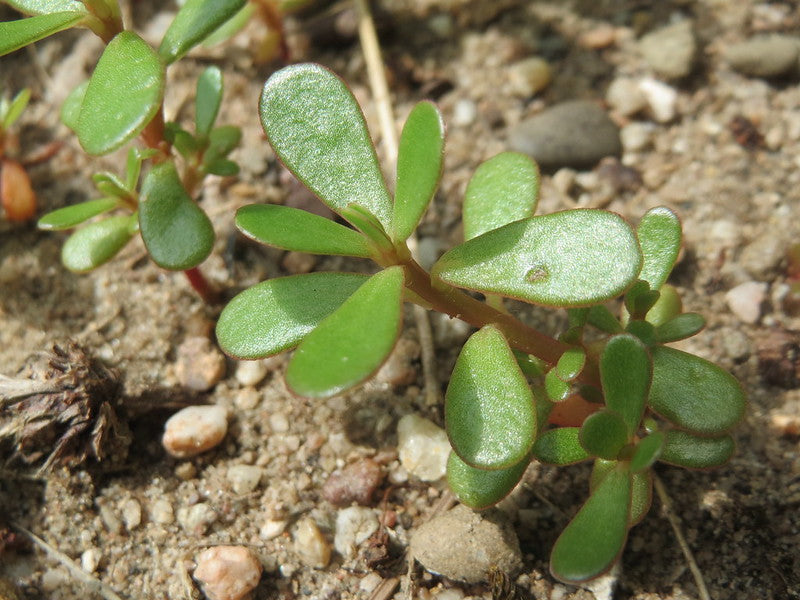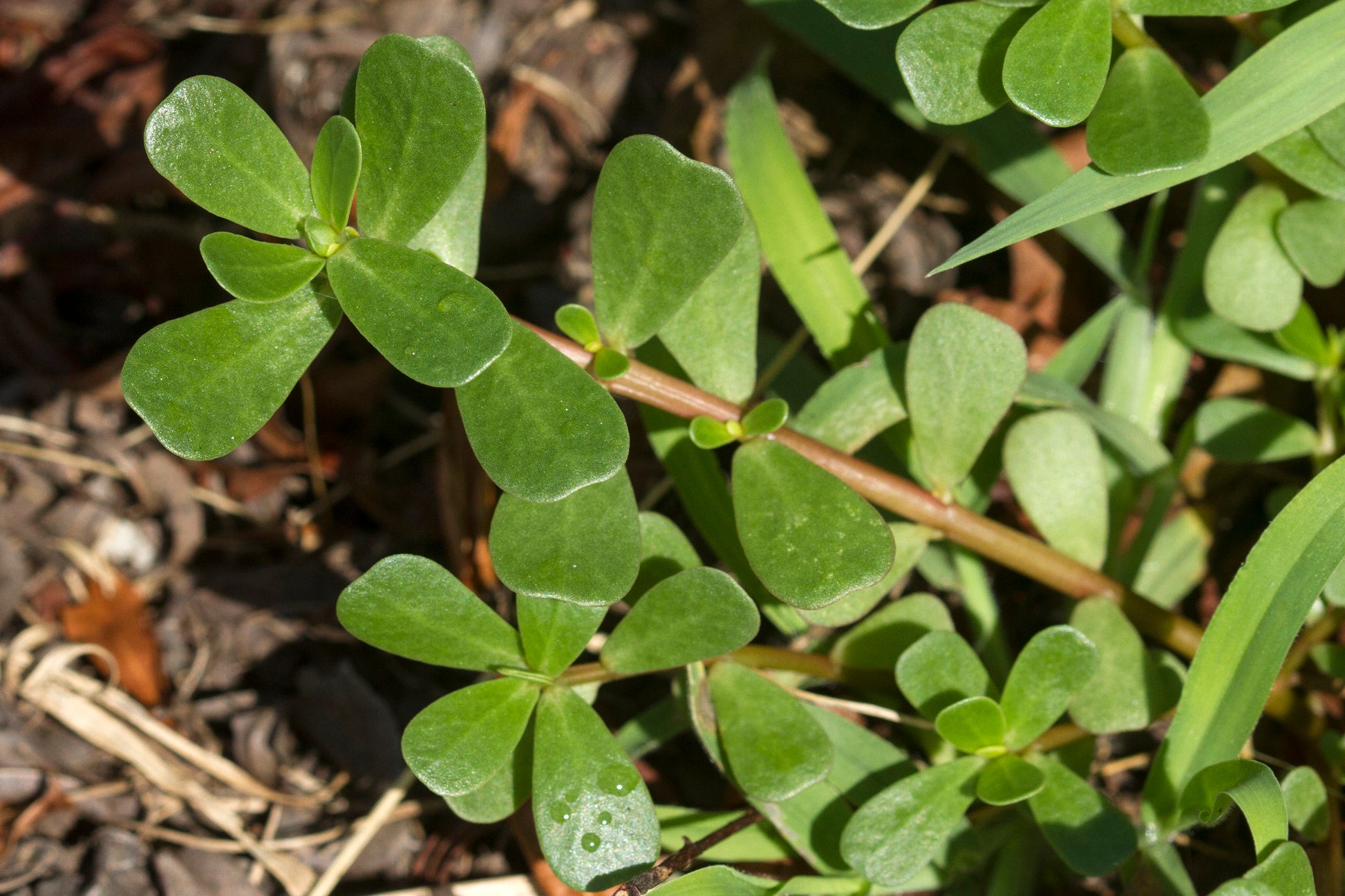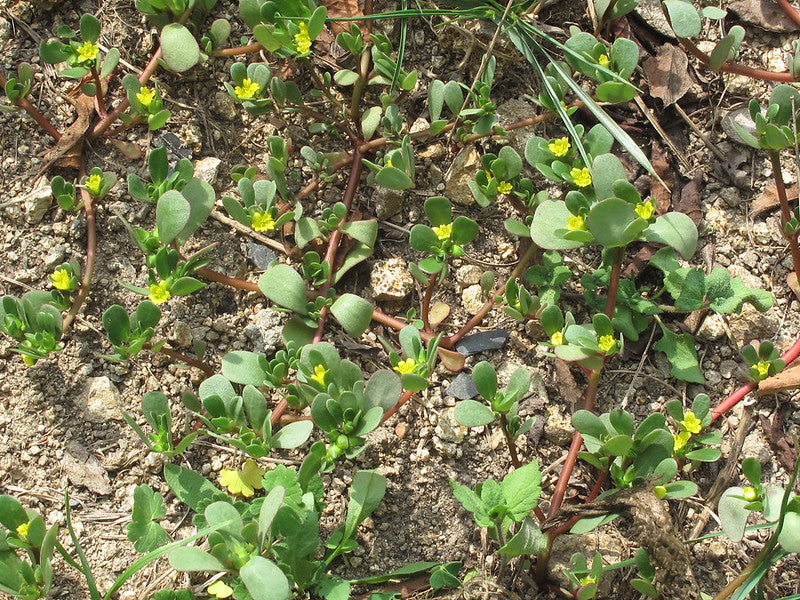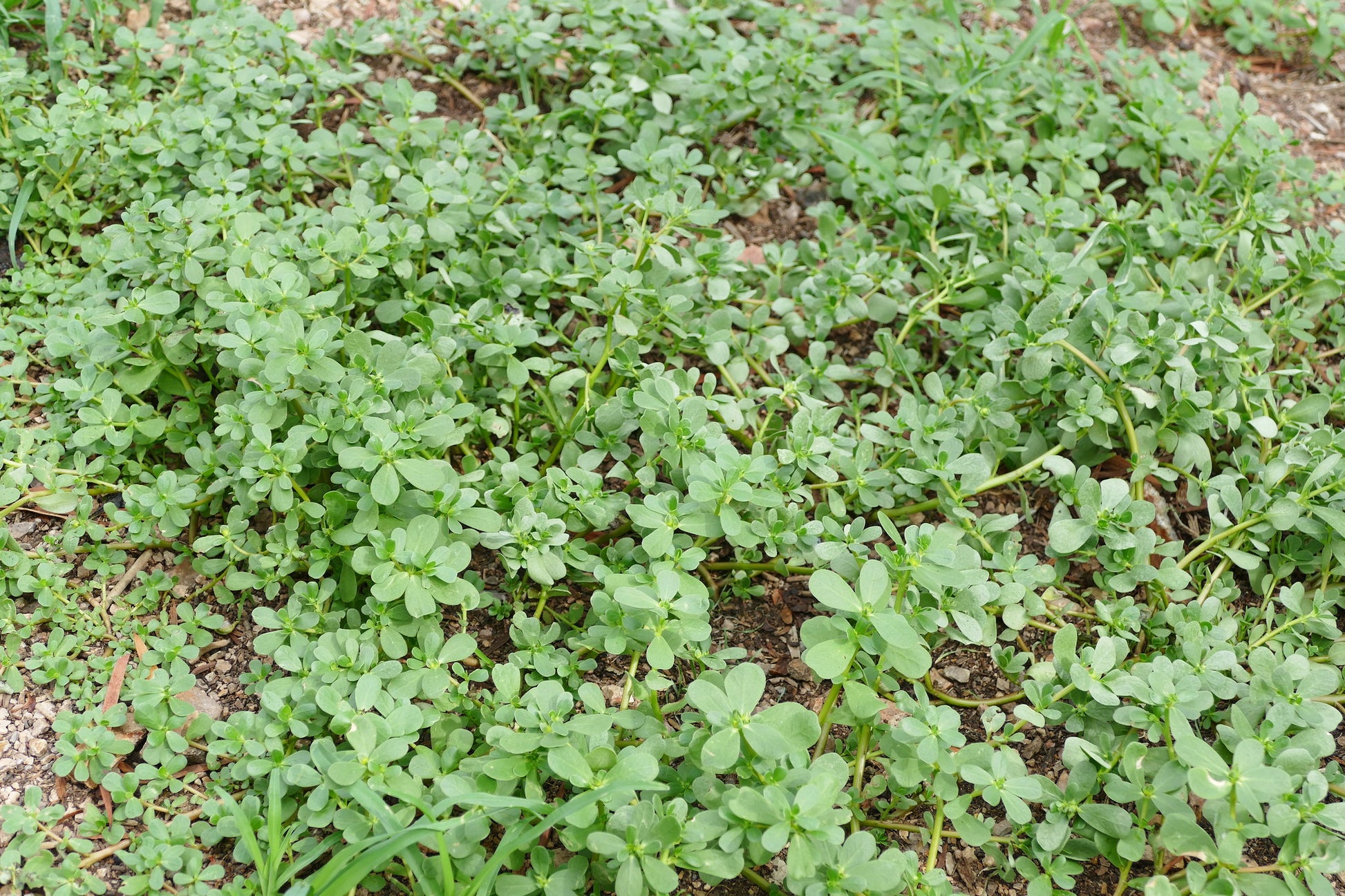Floridaseeds
Purslane Portulaca oleracea 500 Seeds USA Company
Purslane Portulaca oleracea 500 Seeds USA Company
Couldn't load pickup availability
Portulaca oleracea, commonly known as purslane, is a succulent plant that is widely distributed throughout the world. It is known by various names, including verdolaga, pigweed, little hogweed, and more. Purslane is often considered a weed, but it is also cultivated and consumed in many cultures for its edible leaves and stems.
Here are some key characteristics and uses of Portulaca oleracea:
Edible Parts: Purslane is primarily grown for its tender, fleshy leaves and stems, which are edible. The leaves have a slightly tangy or lemony flavor and a crisp texture. They can be eaten raw in salads or used as a cooked vegetable.
Nutritional Value: Purslane is considered a nutritious plant. It is rich in vitamins (especially vitamin C and some B vitamins), minerals (such as magnesium, calcium, and iron), and antioxidants. It also contains omega-3 fatty acids.
Culinary Uses: Purslane is used in various culinary dishes around the world. It can be added to salads, soups, stir-fries, and sandwiches. Some people also pickle or sauté purslane.
Medicinal Uses: In traditional medicine, purslane has been used to treat various ailments. It is believed to have anti-inflammatory and antioxidant properties. However, it's essential to consult with a healthcare professional before using it for medicinal purposes.
Easy to Grow: Purslane is known for its hardy nature and ability to thrive in poor soil conditions. It is often considered a beneficial ground cover in gardens, as it can help prevent soil erosion.
Growing Instructions
Select a Location: Purslane prefers full sun but can tolerate partial shade. Choose a location with well-draining soil. Purslane is known for its ability to grow in poor soil, so it's not too picky about soil quality.
Prepare the Soil: If your soil is heavy and doesn't drain well, consider adding some organic matter, such as compost, to improve drainage. Purslane can tolerate slightly alkaline soil, but it prefers slightly acidic to neutral soil.
Sow the Seeds:
Scatter the seeds directly on the soil surface. Purslane seeds are tiny, so you don't need to bury them deeply.
Gently press the seeds into the soil or cover them with a thin layer of soil or compost, about 1/4 inch (6 mm) deep.
Watering: Water the area lightly after sowing the seeds to ensure good seed-to-soil contact. Purslane is drought-tolerant once established, so avoid overwatering. Water when the soil becomes dry to the touch.
Germination: Purslane seeds typically germinate within a week or two under favorable conditions. Once they germinate, thin the seedlings to provide them with adequate space. Space them about 6 to 12 inches (15 to 30 cm) apart.
Care: Purslane requires minimal care. Water sparingly, only when the soil is dry, as it's drought-tolerant. Avoid using excessive fertilizer, as purslane can thrive in poor soil.
Harvesting: You can start harvesting the leaves and stems when they are large enough to use, usually within a few weeks after germination. Harvest by pinching off the tender parts of the plant. Regular harvesting can encourage bushier growth.
Materials
Materials
Shipping & Returns
Shipping & Returns
Dimensions
Dimensions
Care Instructions
Care Instructions
Share
